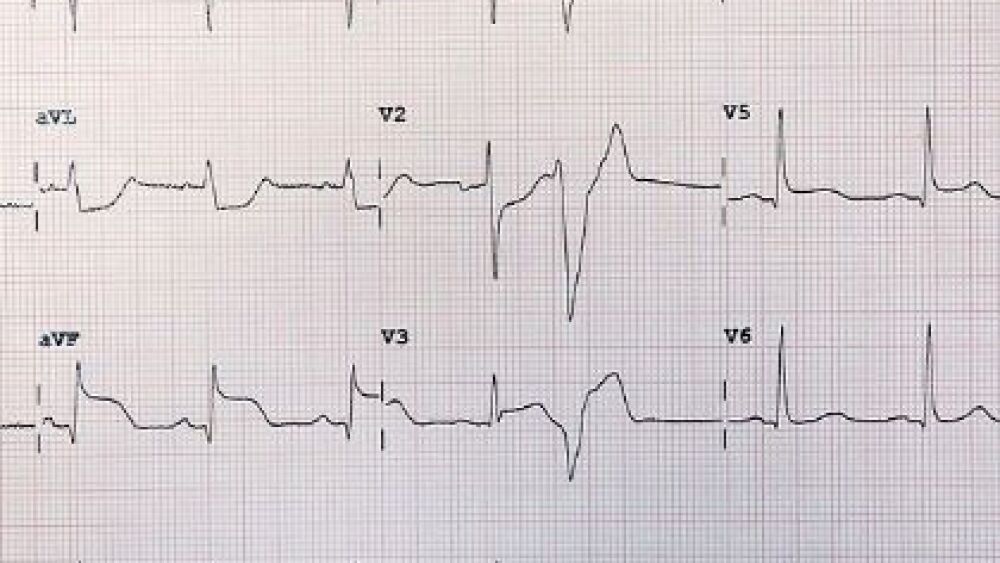Welcome to the newly launched Systems of Care written by Mic Gunderson. This column will focus on issues related to the design, formation and improvement of systems of care that span across multiple organizations in care of high-risk, time-sensitive emergencies, such as sudden cardiac arrest, trauma, STEMI, stroke, sepsis and pulmonary embolism. This first article introduces the concepts of systems, systems of care and systems thinking.
Case Scenario: Somewhereville County has some excellent agencies and facilities. Their two 911 public safety answering points and their five non-transport fire-rescue departments all have top-notch equipment and well-trained staff. The same goes for the two ambulance services and the four hospital emergency departments. Three of those hospitals have cardiac cath labs available 24/7 with the latest technology. Each of the cardiac interventionalists and their respective cath lab teams have excellent skills.
The problem in Somewhereville County is that the outcomes for patients cared for in their STEMI system of care are not nearly as good as what you might expect given the excellent equipment, training and skills that all of the agencies and hospitals have in performing their respective tasks. Even after adjusting the statistics in the results for the degree of illness and other medical conditions (a process called risk adjustment), the results are still not very good compared to other places with similar characteristics. How can this be?
Applying systems science to STEMI
One of the pioneers in the study of systems as a formal subject in management science was Russell Ackoff. Speaking about systems, he stated, “The systems approach to problems focuses on systems taken as a whole, not on their parts taken separately.” This has huge implications for EMS systems and the systems of care that EMS and hospitals are a part of for high-risk, time-sensitive conditions – including STEMI.
In our Somewhereville case scenario, the expectation that their STEMI system of care would be performing at a high level was based on the performance of the agencies and hospitals when considered individually, not as a whole system, as Ackoff suggests. Ackoff goes on to say that the performance of a system is determined by “how the parts interact and fit together.”
If we ask questions about Somewhereville looking through the lens of systems thinking, we may see some of the significant issues in how the agencies and hospitals interact and fit together. Shortcomings in that regard are holding back the performance of the overall system of care. Ask the following:
- How well is the public educated on calling 911 for assistance if they are having symptoms suggestive of a heart attack?
- Do the PSAPs assign high priority calls to the closest available units rather than making decisions based solely on jurisdictional boundaries?
- If the fire department non-transport medical first response unit crews do not have 12 lead ECG equipment when caring for non-traumatic chest pain or other possible acute coronary syndrome presentations, do they at least begin the process of getting the patient ready for work-up as a possible STEMI – getting vital signs, gathering medications, finding out when the acute symptoms began, and doing good skin preparation for the ECG electrodes (or even applying the electrodes)?
- Is the 12 lead ECG promptly obtained after patient contact when ACS is suspected and the equipment is available?
- Have all of the EMS, ED and cardiology groups in the region developed consensus on EMS STEMI alert criteria designed to trigger cath lab activation prior to hospital arrival?
- Does EMS choose the destination hospital using criteria based on keeping the first medical contact to device time as short as possible?
- Do crews at the scene quickly notify the receiving hospital of a STEMI alert once they have the information that meets criteria?
- Does the ED promptly activate the CCL after EMS declares a STEMI alert?
- Does the hospital and cath lab team have processes in place to get the cath lab operational as quickly as possible?
- Have EMS, ED and cardiology developed a consensus on safe and appropriate criteria for taking patients directly to the cath lab?
- Does EMS provide key patient care data to the receiving hospital at the time of transfer of care or at least before leaving the hospital?
- Does the hospital promptly provide feedback on treatment time intervals, angiographic findings and outcomes to all of the EMS crews involved on a case?
- Does EMS provide the receiving hospital with electronic data on the patient?
- Does the hospital integrate EMS data into the electronic medical record as discrete data elements that can be used in hospital and systems-level quality improvement and research?
- Does the hospital promptly provide data back electronically to EMS at an agency level so they can conduct EMS and systems-level quality improvement and research?
- Do EMS, ED and cath lab staff, from all agencies and hospitals in the region, have ways of aggregating their data to generate systems-level data and measures to support systems-level quality improvement and research?
- Do they regularly gather to review system-level performance measures and collaborate in systems-level improvement and research?
These are some of the hallmarks of high-functioning STEMI systems of care. There are similar criteria for cardiac arrest, trauma, stroke and other high-risk, time-sensitive conditions. Note that these questions primarily measure how the different agencies and hospitals interact – not how they perform individually.
Improving the performance of an individual clinician, or the performance of an agency or hospital is important – but recognize how those efforts differ from efforts to improve the overall system of care.
A vlog that expands on this topic, including a video clip from one of Dr. Ackoff’s lectures, is available here.













